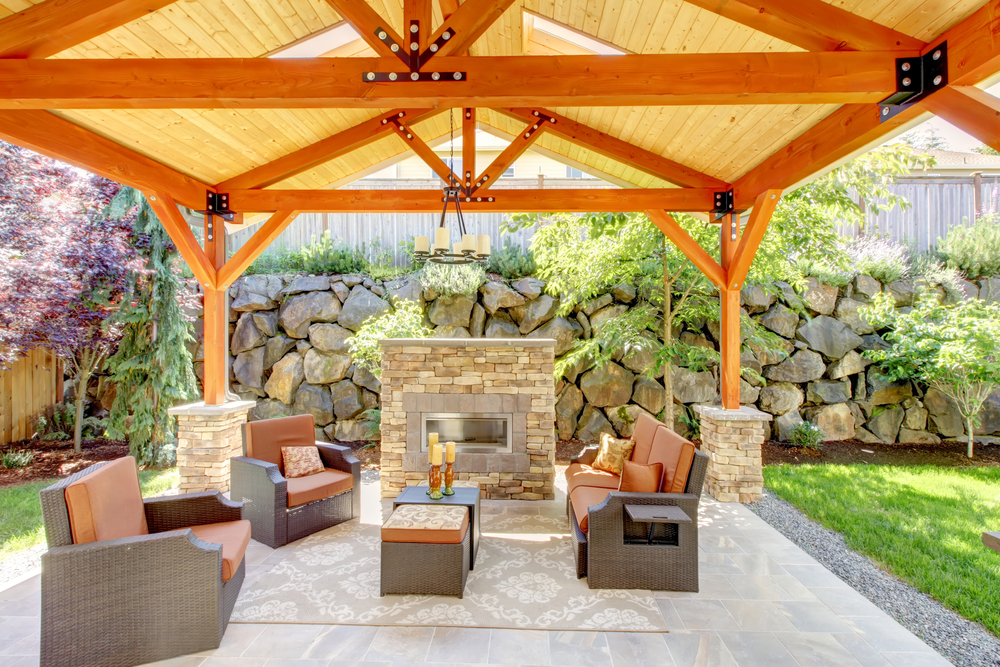If you have a deck, adding a roof can enhance its value, aesthetics and utility. Typically, you can choose between hiring an interior and exterior renovation company to do the job. Or you can take a do-it-yourself (DIY) approach. If you go with a DIY approach, it is important to consider all aspects of building deck coverings before you embark on the project.
Here are some key things you must consider when constructing deck coverings on your own.
Reinforce the deck
The weight of deck coverings is a key consideration when you intend to build one. Most decks are designed to support a weight of 55 pounds per square foot. However, a deck must be able to withstand a weight of 80 pounds per square foot when you want to add a roof. If your deck wasn’t designed to have a roof, you will need to reinforce deck foundations before adding one. This applies only when the weight of the roof will be directly borne by the deck itself. You can avoid modifying or reinforcing the deck by using a roof structure that stands independently or extends from the house.
Choose the Type of Deck Coverings
It is important to thoroughly research various types of deck coverings before you choose one that suits your needs. Typically, you can use a roof extension to cover your deck, go with a roof that sits on your deck, or add new foundation piers. This can directly support the roof. The type of covering you choose will decide the amount of time and resources you will need. A roof extension, for instance, requires no modification to the deck but will incur considerable costs. A roof that sits on your deck will require reinforcing the deck while adding new foundation piers will also involve a considerable amount of work.
Choose the Deck Coverings Material
If you intend to use deck coverings that sit on your deck, you can make the job easier by carefully choosing roof materials. The more light-weight roofing materials like fiberglass, plastic or metal panels weigh less. This makes them suitable for use on decks without the need for significant reinforcements.
Consider the Size
Do you need to cover the whole deck or only a part of it? This decision can impact the costs and time involved in the project. If you simply need a shaded spot on the deck, you can consider covering only a part of it. This lets you enjoy the sun in the winters and shade in the summers. It also makes the job that much easier.
A DIY approach to covering a roof will save you a significant amount in the overall deck covering costs. However, you should undertake project only if you are skilled and equipped to do it. If you are not sure how to go about it, it’s always better to hire a professional instead.
If you’re thinking about adding a deck to your property, your planning should take into account ROI variables. Materials, size, access, and the “wow factor” all contribute to a prospective buyer’s perception of the value added by a deck to the property. It’s worth becoming familiar with deck construction in the comparable properties in your area so you can position yours where you want to be value-wise. Another value relationship to consider is that between your deck budget and the overall value of the property. It doesn’t make ROI dollars and sense to build something too grand for the size and likely resale price of the home. One rule of thumb used by contractors and architects is that a deck should be no larger than the home’s biggest interior space.
Keep in mind, too, that adding value to your home gets the attention of the assessor and the underwriter, so your property taxes and insurance premiums are like to be increased. Like anything else built by human beings, a deck will inevitably require some maintenance and/or repair as time goes by. Good choices of materials, with expert design and construction, are the ticket to keeping those costs down and your enjoyment and ROI up.

